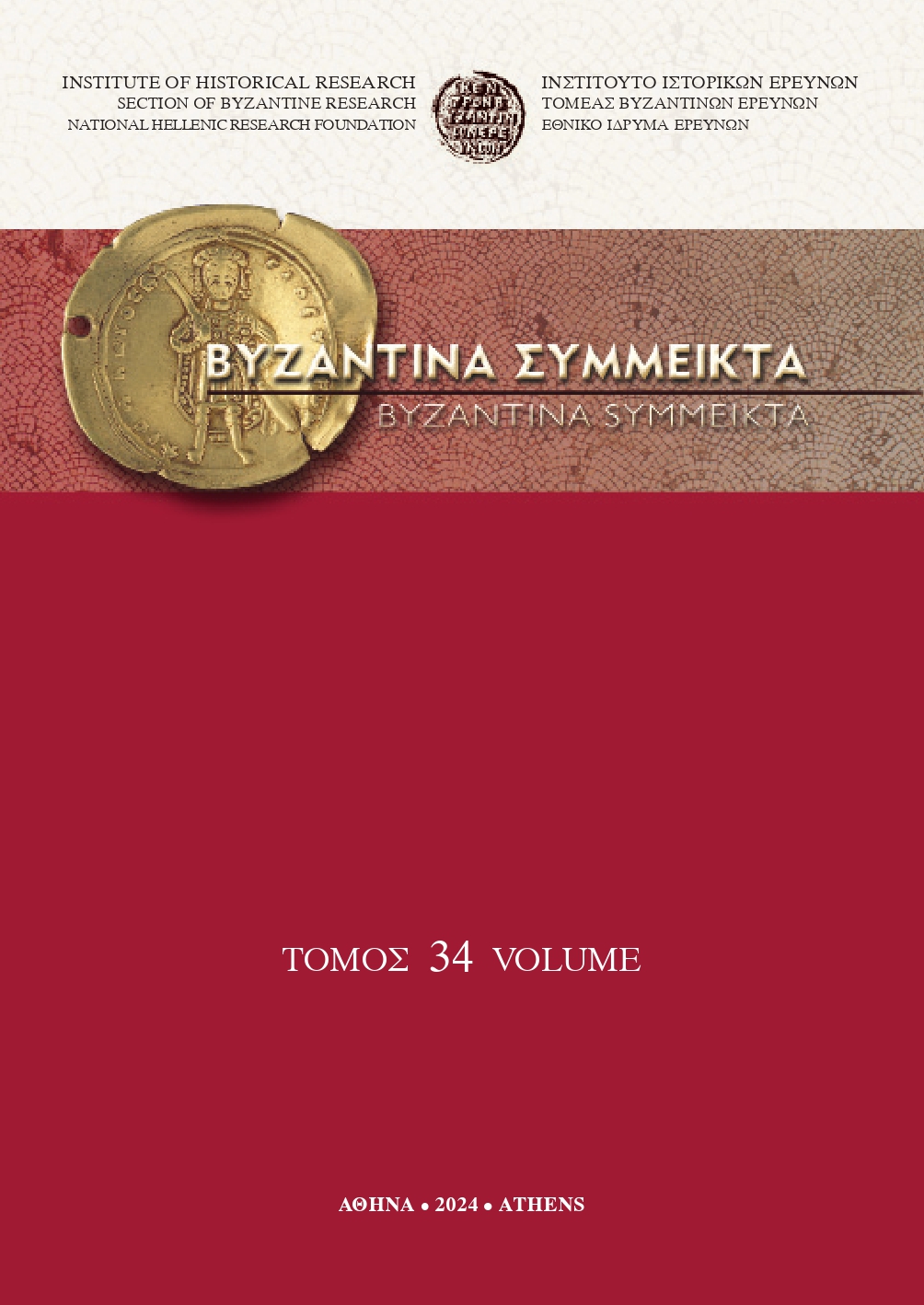From Michael VIII to Andronikos II. The two first Palaiologoi’s different approaches towards the church

Abstract
Ένας από τους βασικούς στόχους του Μιχαήλ Η΄ Παλαιολόγου μετά το 1261 ήταν η ενίσχυση των επαφών με τη Δύση που θα απέτρεπαν μία σταυροφορία εναντίον της Κωνσταντινούπολης. Σε αυτό το πλαίσιο, διαπραγματεύτηκε την ένωση της βυζαντινής και της ρωμαϊκής εκκλησίας και προσπάθησε να την επιβάλει στην αυτοκρατορία, η οποία τότε ήταν ήδη διχασμένη λόγω του Αρσενιατικού σχίσματος που είχε προκύψει
μετά τον σφετερισμό του θρόνου από τον ίδιο. Μετά τον θάνατό του, ο διάδοχός του Ανδρόνικος Β΄ είχε ως πρωταρχικό μέλημα τις εκκλησιαστικές υποθέσεις, τις οποίες προσπάθησε να ρυθμίσει ανατρέποντας τις
αποφάσεις του πατέρα του: ο νέος αυτοκράτορας απέρριψε επίσημα την Ένωση και προσπάθησε να κατευνάσει τους Αρσενιάτες επιλέγοντας πατριάρχες που πίστευε ότι θα γίνονταν αποδεκτοί από αυτούς.
Καθώς ακολούθησε μία πιο συμβιβαστική πολιτική, παρατηρήθηκε μία αξιοσημείωτη αλλαγή στην ιστορία της βυζαντινής αυτοκρατορίας.
Article Details
- How to Cite
-
GEORGIADI, P.-I. (2024). From Michael VIII to Andronikos II. The two first Palaiologoi’s different approaches towards the church. Byzantina Symmeikta, 34, 133–151. https://doi.org/10.12681/byzsym.37001
- Issue
- BYZANTINA SYMMEIKTA 34
- Section
- Articles

This work is licensed under a Creative Commons Attribution-NonCommercial-ShareAlike 4.0 International License.
Copyright: The copyright for articles in this journal is retained by the author(s), with first publication rights granted to the journal. By virtue of their appearance in this open access journal, articles are free to use (with the exception of the non-granted right to make derivative works) with proper attribution for non-commercial uses (licence Creative Commons 4.0). NHRF retains the worldwide right to reproduce, display, distribute, and use articles published in BYZANTINA SYMMEIKTA in all formats and media, either separately or as part of collective works for the full term of copyright. This includes but is not limited to the right to publish articles in an issue of the Journal, copy and distribute individual reprints of the articles, authorize reproduction of articles in their entirety in another NHRF publication, and authorize reproduction and distribution of articles or abstracts thereof by means of computerized retrieval systems.


